golden age
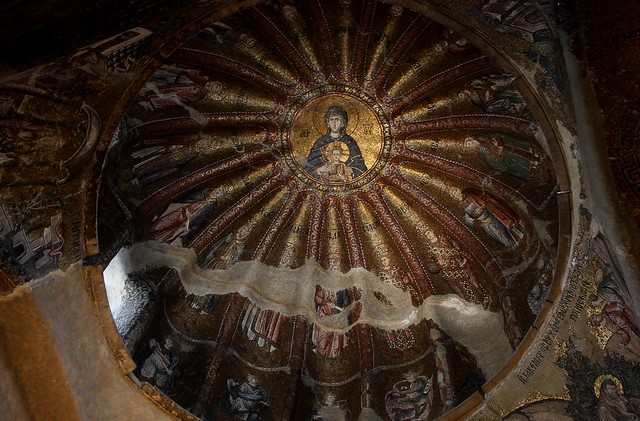
For me, nothing comes closer to evoking the splendor of the Byzantine Empire than the stunning mosaics they left behind. One look at the Christian icons and emperors richly rendered in the tiny, gleaming tiles and I immediately conjure up a world of silks, gold, intrigue, incense wafting under soaring domes, candlelight bringing to life their solemn faces with every flicker.The Byzantines may not have swathes of majestic ruins like the Greeks and Romans to bear testament to their power and influence (save perhaps for the Hagia Sophia), but their mosaics vividly summon up the wealth and artistry of a great civilisation.
I saw my first mosaics in Croatia, at the Euphrasian Basilica in Porec - still better than anything I've ever seen. At the time I wondered what this gilded wonder was doing in what I assumed was a far-flung corner of Croatia, but now I know that along with other famed examples found in Ravenna in Italy, Mount Sinai in Egypt, and of course, the Hagia Sophia in Turkey, the mosaics represent the vast reach of Byzantium, and its position as a superpower of the Late Antiquity and Middle Ages.
If I hadn't been looking for it, I might not given the Kariye Museum (Chora Museum) a second look - a simple building of brick in a quiet neighbourhood some distance from the tourist drag of Sultanahmet in Istanbul.
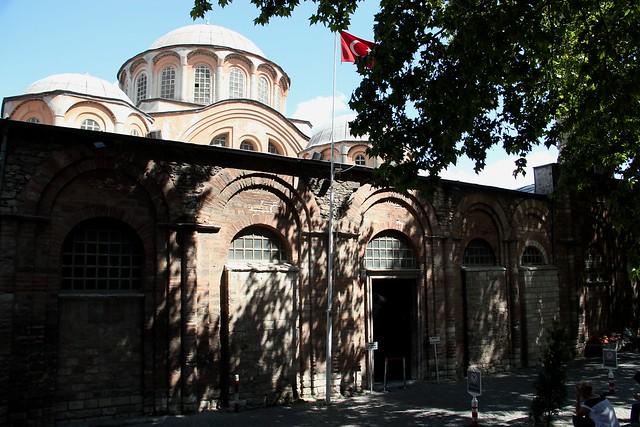
I had read that its mosaics (and frescoes) were not to be missed, but it was still something of a moment when I entered.
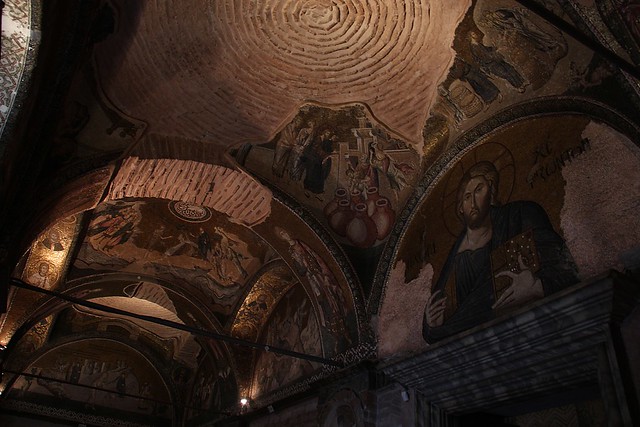

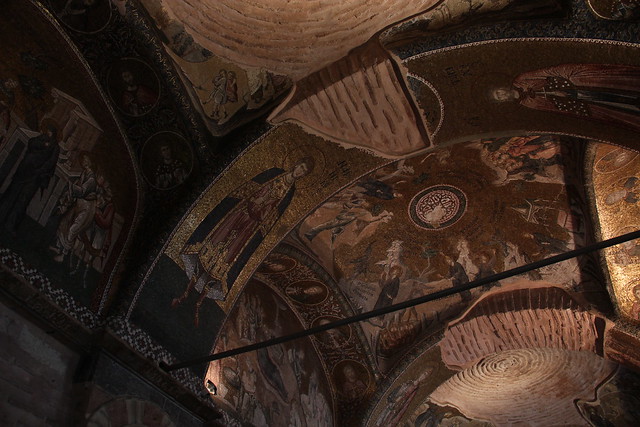

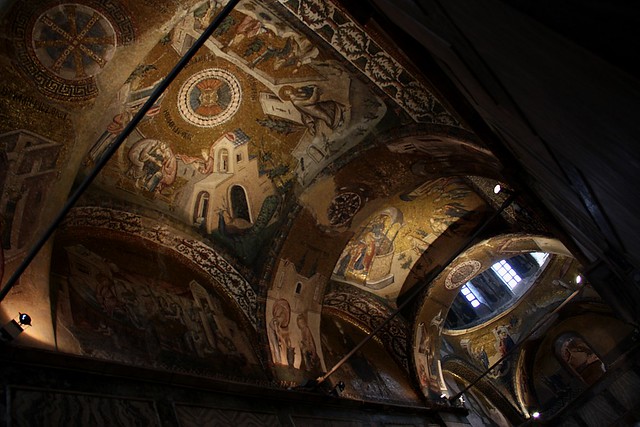
Hagia Sophia might be more iconic and it is not to be missed, but Kariye Museum is where you really get to see the intricacy and craftsmanship up close (at Hagia Sophia, you would need binoculars to get a good look at some of the mosaics). It is also far less crowded than Hagia Sophia, so you need not jostle with hundreds, and here you may even have some of the cool marbled rooms all to yourself, where you can rest your feet, and contemplate this fantastic, vanished world.
* I took a bus from the rather confusing bus terminal near the Galata Bridge on the Sultanahmet side, but a taxi would be much easier if you lack the time. Walking back to the bus stop from the museum also involves a painfully steep slope, but you do pass through a very charming neighbourhood with beautiful houses made of wood.

Comments
here is a film from 1964 which backs me up:
Wings to Yugoslavia - a rare Kodachrome film for Pan Am Airways
http://www.youtube.com/watch?v=5B6eBAuhvEY
but lovely images and fantastic that you travel so much!!!